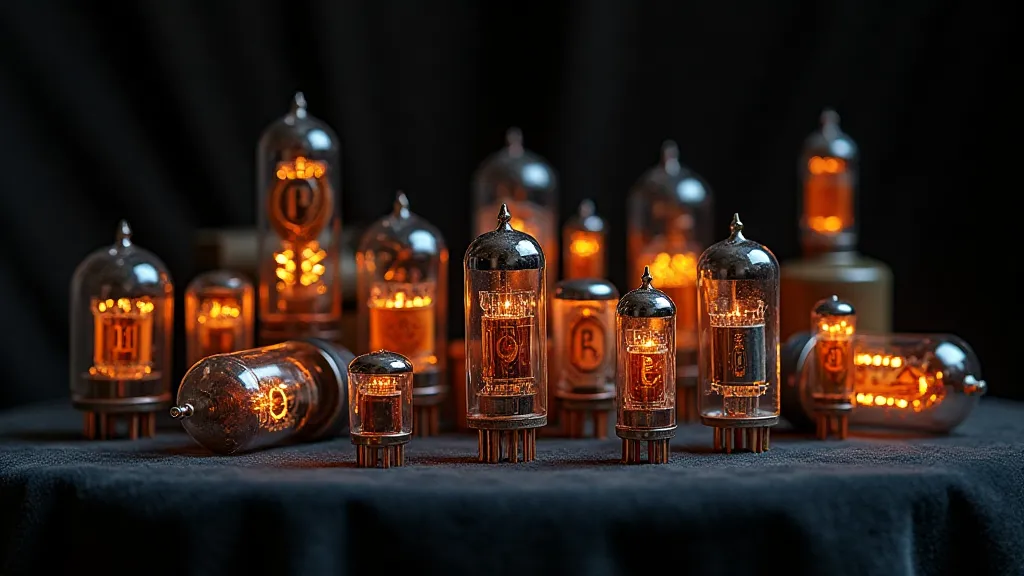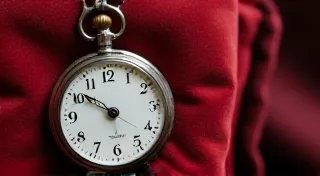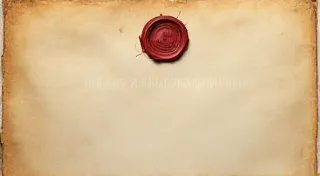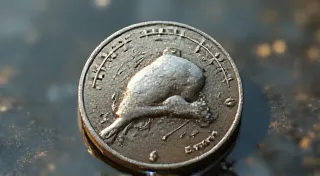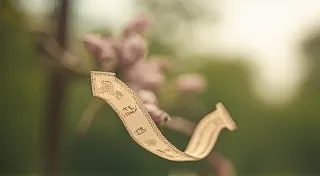A Chronicle in Glass: Documenting Tube Types and Their Eras
There's a certain melancholic beauty to the hum of a vintage radio. It’s more than just the sound; it's the echo of a bygone era, a tangible link to the voices and music that filled homes in a world seemingly simpler. And at the heart of that magic, glowing softly within, reside the vacuum tubes – fragile, intricate vessels that are so much more than mere electronic components. They's historical artifacts in their own right, each a tiny chronicle of innovation, craftsmanship, and the relentless pursuit of better communication. Documenting them, understanding their place in history, is akin to archiving stories whispered across decades.
My fascination began not with radios themselves, but with my grandfather’s workshop. A retired electrical engineer, he kept a collection of antique radios, and a dedicated corner for his tube tester. As a child, I’d sit mesmerized as he’s tested each tube, a soft *pop* accompanying its assessment. The blue-green glow, the subtle variations in filament brightness – it seemed a ritual, a conversation with the past. He’s explain that each tube model held a story; not just the engineering details, but also its context – where it was used, the radios it powered, the lives it entertained. This early exposure instilled in me an enduring respect for the ingenuity and artistry of these components.
The Age of Glass and Innovation
The story of vacuum tubes is intertwined with the early 20th century’s rapid technological advancements. Before transistors, before integrated circuits, these glass envelopes contained the pathways for amplifying radio signals, powering early televisions, and enabling the first public address systems. The invention of the triode by Lee de Forest in 1906 marked a pivotal moment, opening up a world of possibilities for wireless communication. From there, the evolution was relentless – tetrodes, pentodes, beam power tubes, rectifier tubes – each iteration representing an attempt to improve efficiency, increase power, or reduce distortion.
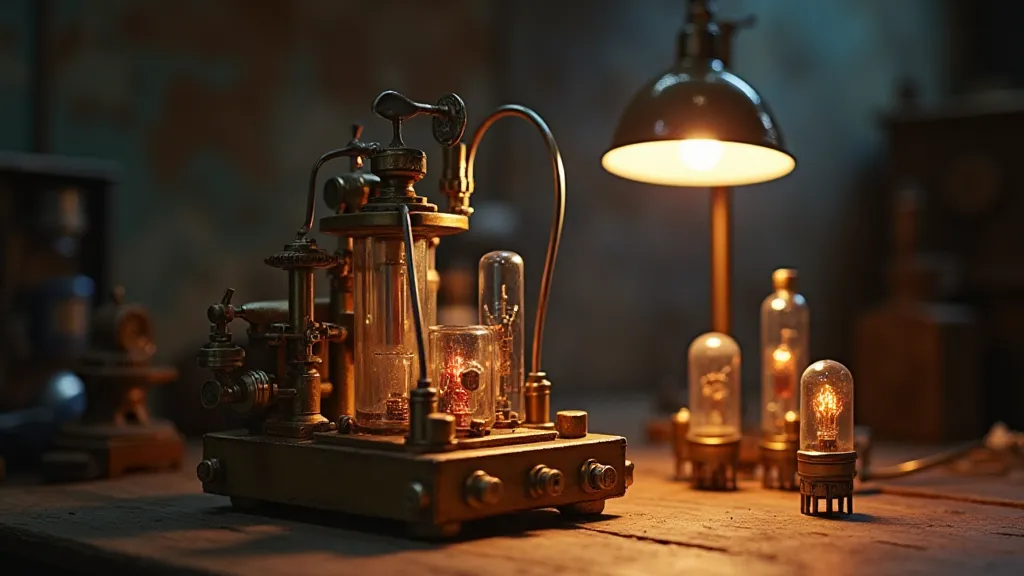
Consider the 6L6, a ubiquitous power tube found in countless radios, amplifiers, and receivers. Its sturdy construction and reasonable performance made it a favorite among manufacturers. Or the 2A3, prized by audiophiles for its warm, rich sound. Each of these tubes has a specific lineage, a chain of design and improvement that reflects the collective effort of engineers striving to push the boundaries of what was possible. Even the materials used – the glass, the filament wire, the metal plates – were subject to constant refinement, seeking a perfect blend of durability and performance. Examining a tube, noting the subtle variations in construction, offers a fascinating glimpse into these incremental improvements.
Beyond the Specifications: Understanding Context
While specifications – plate voltage, grid voltage, transconductance – are undoubtedly important for technical understanding, they only tell part of the story. A true appreciation for vintage radio tubes requires a deeper contextual awareness. Knowing that a 1930s Zenith radio utilized a specific model of tube isn’t just a factual detail; it paints a picture of the radio’s design constraints, the available technology at the time, and the intended listening experience. Understanding which radios a particular tube was commonly found in allows you to appreciate its role in a larger system, its contribution to the overall sound and performance.
My grandfather used to say that the best way to understand a tube was to research the radios that used it. He’s scour schematics, service manuals, and vintage radio forums, piecing together a narrative of the tube’s usage and evolution. He’s point out how certain manufacturers favored particular tube models, sometimes for technical reasons, sometimes for marketing considerations. For example, a manufacturer might choose a slightly more expensive tube to enhance the perceived quality of their radio, even if a less costly alternative would have sufficed.
The Fragility of Time and the Art of Restoration
The passage of time is perhaps the most poignant aspect of collecting and restoring antique radio tubes. These delicate glass vessels are susceptible to damage – cracks, microphonies, internal shorts. The air that rushed into them when the filaments burnt out decades ago has left an indelible mark. Re-manufacturing tubes is a complex and specialized process, requiring a deep understanding of vacuum technology and materials science. Original, untouched tubes are becoming increasingly rare, commanding premium prices among collectors.
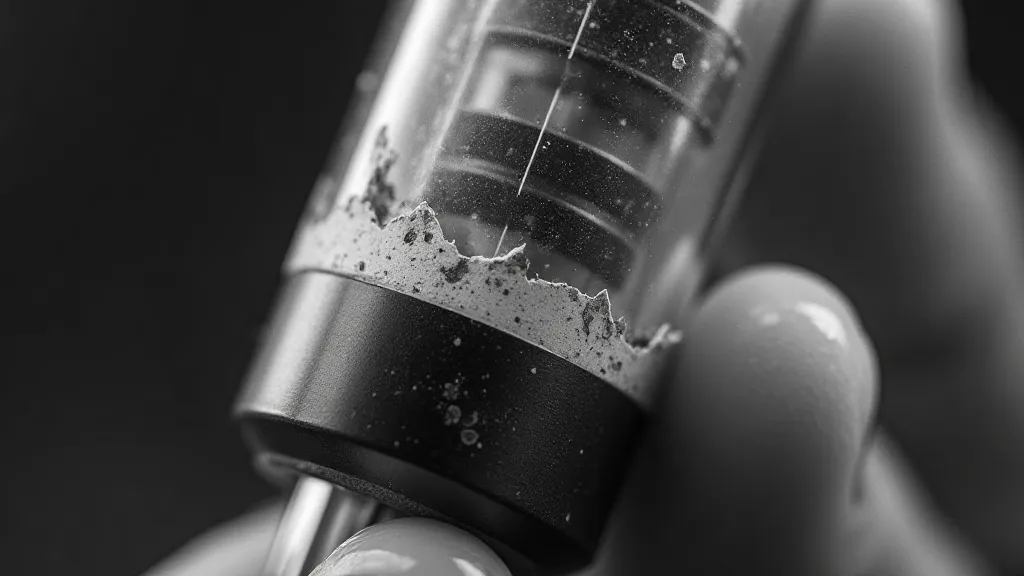
Restoring a vintage radio isn’t just about replacing faulty components; it’s about preserving a piece of history. It’s about honoring the craftsmanship of the original builders, and ensuring that these radios continue to resonate with future generations. Even a seemingly simple task, like replacing a vacuum tube, requires careful attention to detail. The correct tube must be used, and it must be installed with care, avoiding any damage to the surrounding circuitry.
Building a Record: A Legacy in Glass
The project of documenting these tubes – cataloging their specifications, tracing their history, recording their applications – feels like more than just a technical exercise. It’s an act of remembrance. It's a way of ensuring that the stories embedded within these glass vessels are not forgotten. Each tube is a silent witness to a transformative era in communication and entertainment, and it deserves to be recognized for its contribution.
I'm now continuing my grandfather’s work, compiling a database of vintage radio tube models, including their specifications, historical context, and common applications. It’s a labor of love, a way of connecting with the past, and a tribute to the ingenuity and artistry of those who came before. The hum of a vintage radio may fade over time, but the memory of the voices it carried, and the technology that made it possible, will endure—preserved in these fragile, beautiful vessels of glass.
